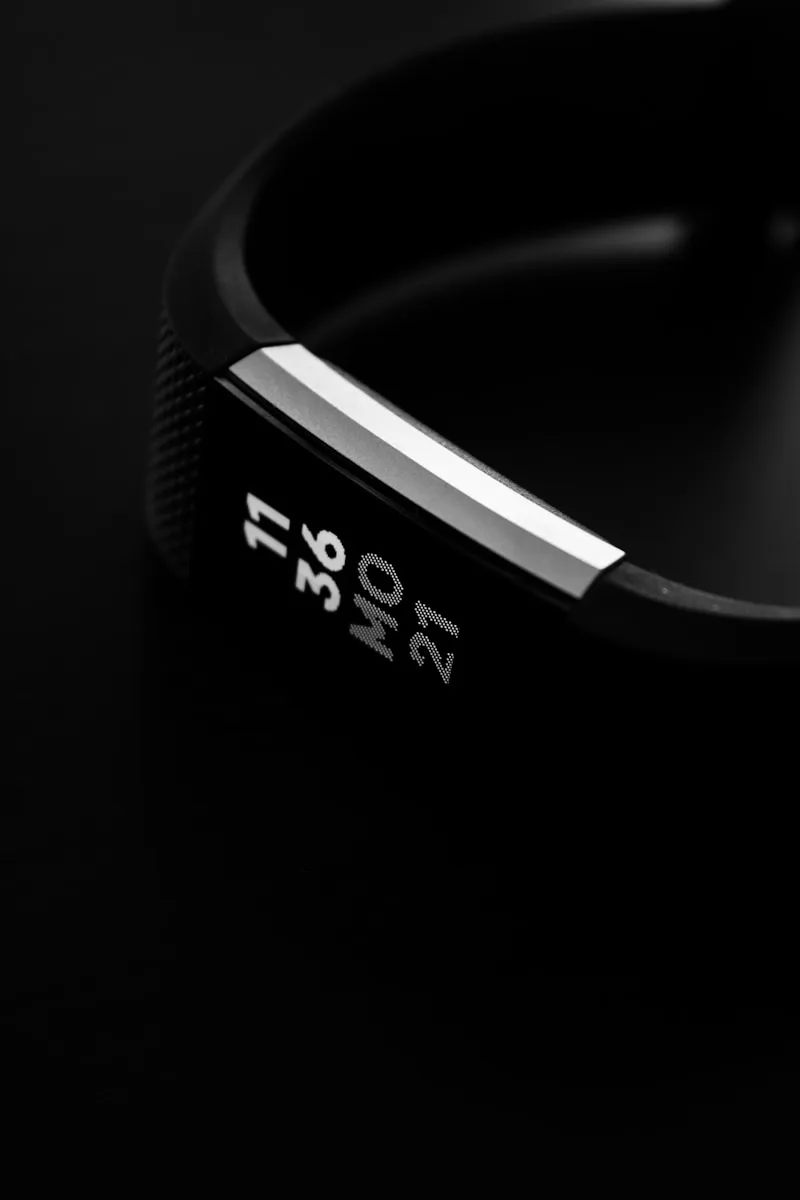Introduction
Wearable technology goes beyond fitness trackers. These small devices are now making waves in healthcare, sports, and productivity, providing real-time data and insights.
What Is Wearable Technology?
Wearable technology includes devices that can be worn on the body, such as smartwatches, fitness trackers, and health-monitoring gadgets. These devices track data from the user’s body or surroundings, providing insights into health, fitness, and performance.
Benefits of Wearable Technology
- Health Monitoring: Tracks vital signs like heart rate, sleep patterns, and physical activity.
- Personalized Data: Gives users insights to improve health and performance.
- Increased Productivity: Devices like AR glasses enhance efficiency in professional environments.
Applications of Wearable Technology
In healthcare, wearables monitor patient vitals and allow remote health tracking. Athletes use wearables to track performance, while augmented reality (AR) glasses assist workers in complex tasks by providing hands-free access to data.
Conclusion
Wearable technology is transforming personal health, productivity, and entertainment by offering real-time data that’s easily accessible, encouraging healthier and more efficient lifestyles.




